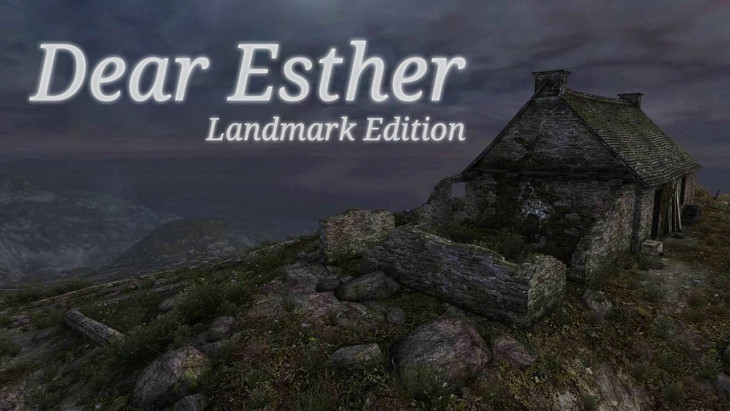
Many consider this game a masterpiece - and justly so. But a lot of people don't like it either - and they have their reasons as well. One thing is for sure - Dear Esther doesn't leave anyone indifferent. What does it have to offer?
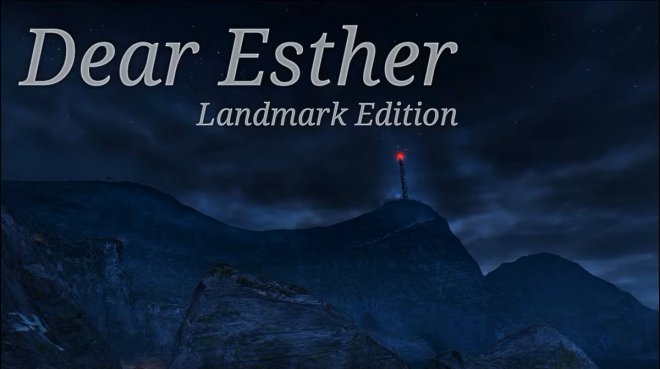
Plot - 4/10
It's not an easy task to describe something that just isn't there. Instead of giving you a complete and coherent story, Dear Esther chooses to present you with something else entirely.
The game revolves around a single character who trudges his way through a deserted island in the Atlantic Ocean. During his journey, he tells you different bits of story that come to his mind - but they're not set in stone. These little bits can vary between playthroughs. So, for example, you walk along a road and trigger a voice-over point. Now, two different lines can be said - but only one is chosen, independently from all the other lines in the game, which opens up almost infinite possibilities for interpretation and replay. I won't lie - the idea seems brilliant and unique, especially considering how old the game is. We'll come back to that later. However, the implementation leaves much to be desired. The story, despite being carefully written and deeply emotional, just isn't enough - I understood practically everything the game had to tell me in the first five minutes and couldn't be impressed thereafter, no matter how much I wanted to be.
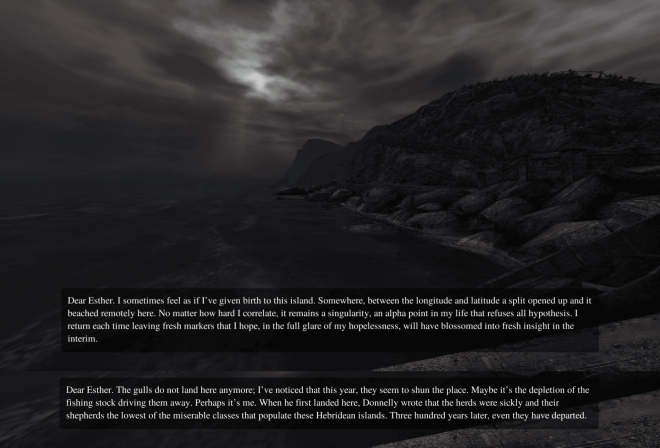
Gameplay - 8/10
Dear Esther basically has no gameplay. By its nature, the game is a walking simulator - crude and unrefined, being the first in the genre. You can't do anything but walk, observe, and continue walking until the end. The games that came after had worked on this formula and turned out to be masterpieces - The Suicide of Rachel Foster, Firewatch, Gone Home, etc. Even some of the more complex games, such as The Forgotten City or Death Stranding, were built on the same principle. They developed what Dear Esther started. Because of this, I can't give the highest rating - gameplay is obviously lacking. But it's impossible to give too low a score either - we have before us the literal embodiment and origin of the genre.
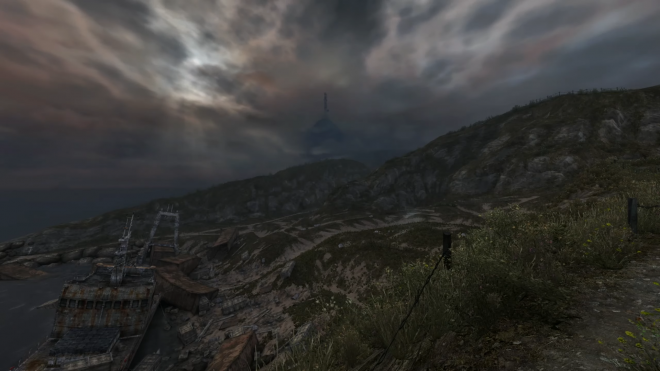
Graphics & Visual Design - 10/10
Speaking candidly, Dear Esther has one of the best visual designs that I've ever seen. Even being bored out of my mind by the incohesive story, I was awed by every new landscape, every location, and every scene. Walking in this world, you get the feeling it was not created by a human hand - it simply could not. It's too big, too beautiful and too detailed. Each blade of grass, flower bud, cave painting, and burning candle has its place - together, they create a perfect, supreme harmony. Besides, the authors used here the same trick they did in the plot: some insignificant at first glance objects - as, for example, litter in the buildings - differ between playthroughs and can sometimes add additional details to the story. Even with the passage of time, the graphics don't seem outdated - masterful art remains timeless.

Soundtrack - 10/10
Dear Esther's compositions are one of those things that can transport you to completely another place, time, and emotional state. Furthermore, all it takes to achieve such an effect are just the first few notes of any track. The game's music is slow, meditative, and deeply spiritual, which emphasizes the main character's journey through the island along with his jumbled thoughts and memories.
I would like to especially highlight the dedication of the authors to their work - not only to the music but to the audio in general. I listened to all the director's commentary - they had lengthy debates about how to create the sound of submerging and emerging from the water, and how it would fit with the general feel of Dear Esther, the specific location, and the atmosphere.
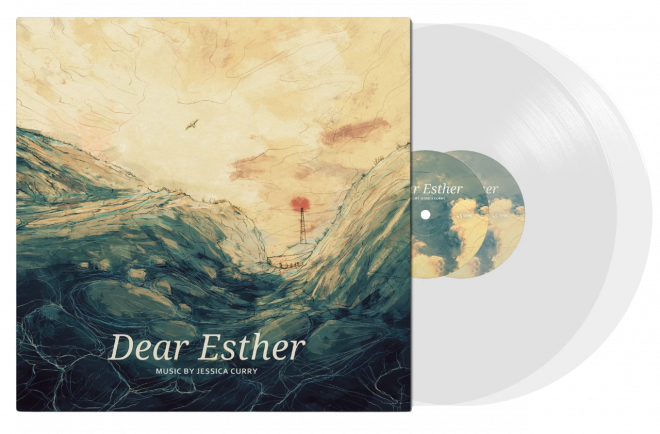
Atmosphere - 10/10
Dear Esther has an atmosphere so thick you can almost touch it. Sounds, visuals, slow pace - everything blends in one uniform creation. It generates a feeling of intense melancholy and even a keen sense of doom. The game will easily make you pensive, sending you into a reflective spiral about human life.
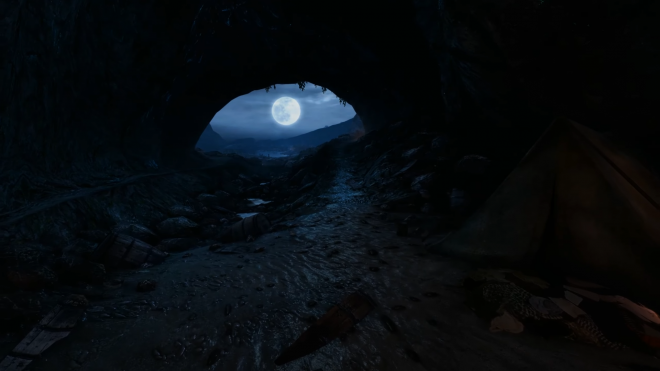
Verdict - 8/10
Dear Esther is certainly not everyone's cup of tea - for example, it is not mine. But its artistic beauty and fine work on details are undeniable. I can't say whether you will like the game - it's probably best to find out for yourself.

AUTHOR INFORMATION

 While based on an interesting idea, the story is too predictable and slow. It just doesn't cut it.
While based on an interesting idea, the story is too predictable and slow. It just doesn't cut it.
 It's hard to find fault in walking - but still, many other games have shown that it can be done with more mechanics and greater engagement for the player.
It's hard to find fault in walking - but still, many other games have shown that it can be done with more mechanics and greater engagement for the player.
 A true work of art, akin to the paintings of great masters from bygone times.
A true work of art, akin to the paintings of great masters from bygone times.
 One of those works that makes you feel like you're flying somewhere far away... almost like a seagull.
One of those works that makes you feel like you're flying somewhere far away... almost like a seagull.
 The enthusiasm of the authors has created a deep and powerful sense of alien presence, melancholy... and life.
The enthusiasm of the authors has created a deep and powerful sense of alien presence, melancholy... and life.
PROS / CONS
- The game's plot and some visuals are composed of pieces that randomly align in different playthroughs, creating different impressions of the story
- Mind-blowing visuals
- Great soundtrack
- Entrancing atmosphere
- A story as dull as you can possibly imagine
- The gameplay feels forgotten



